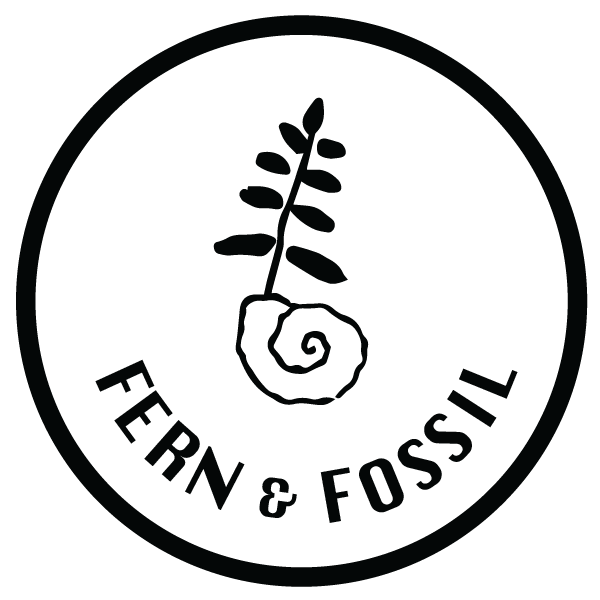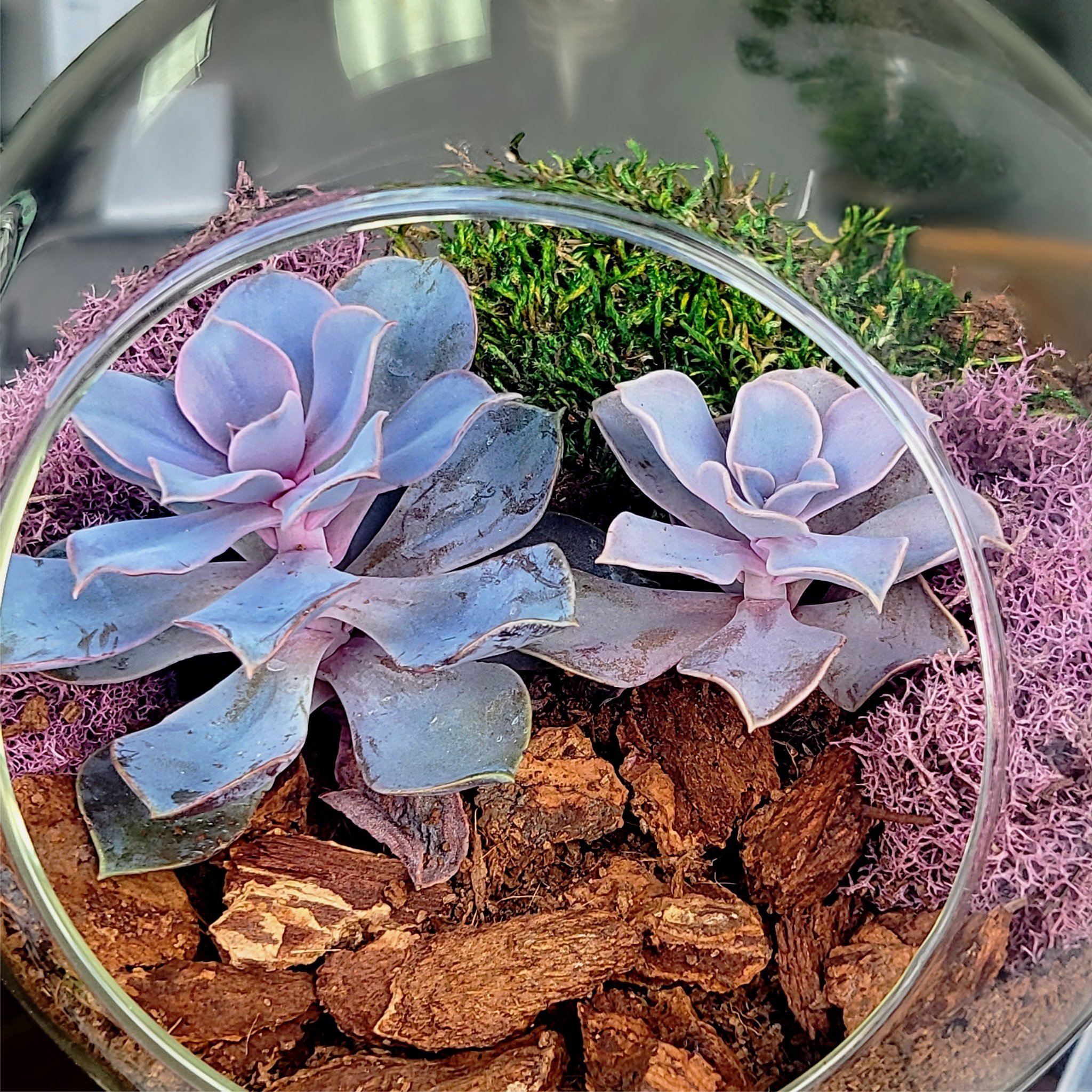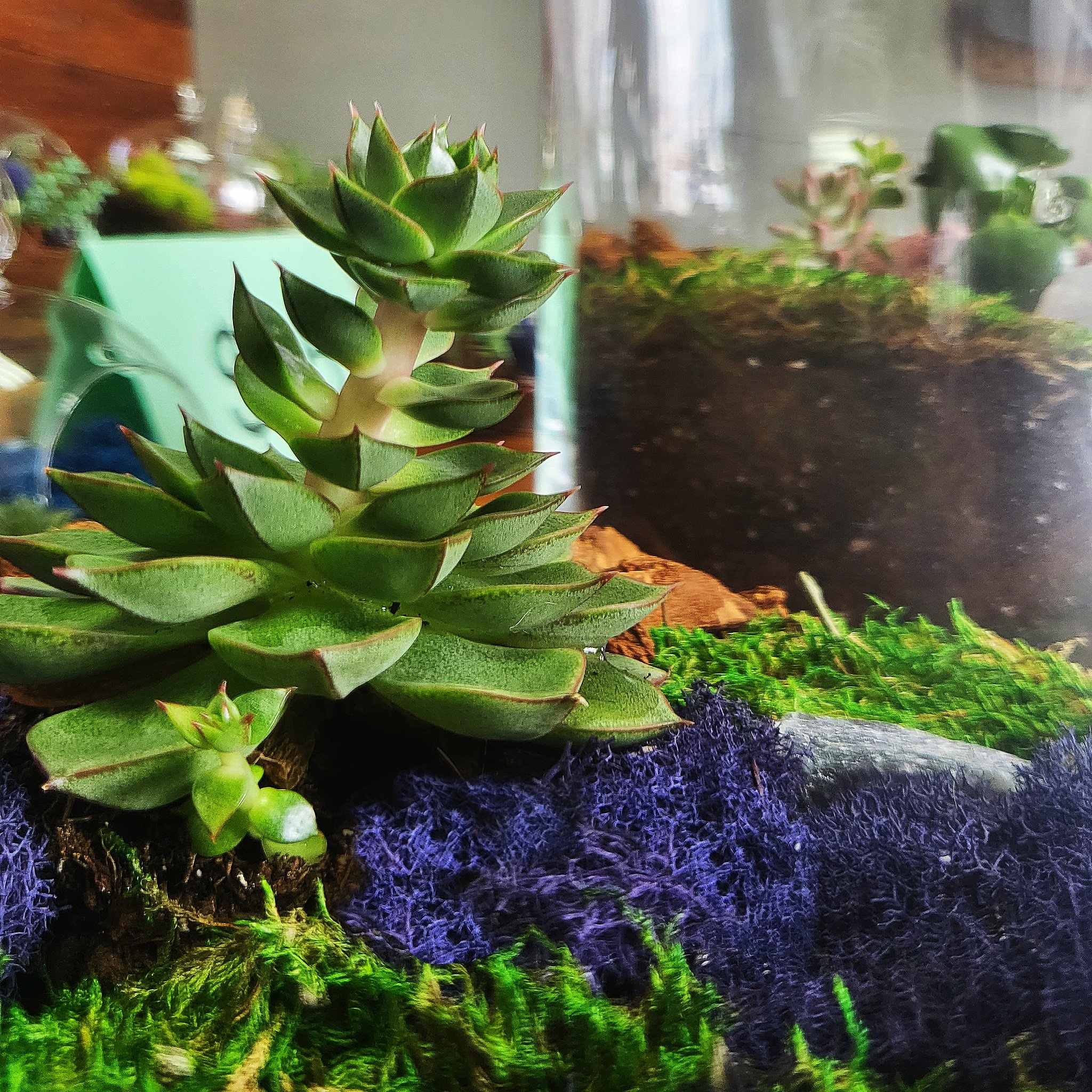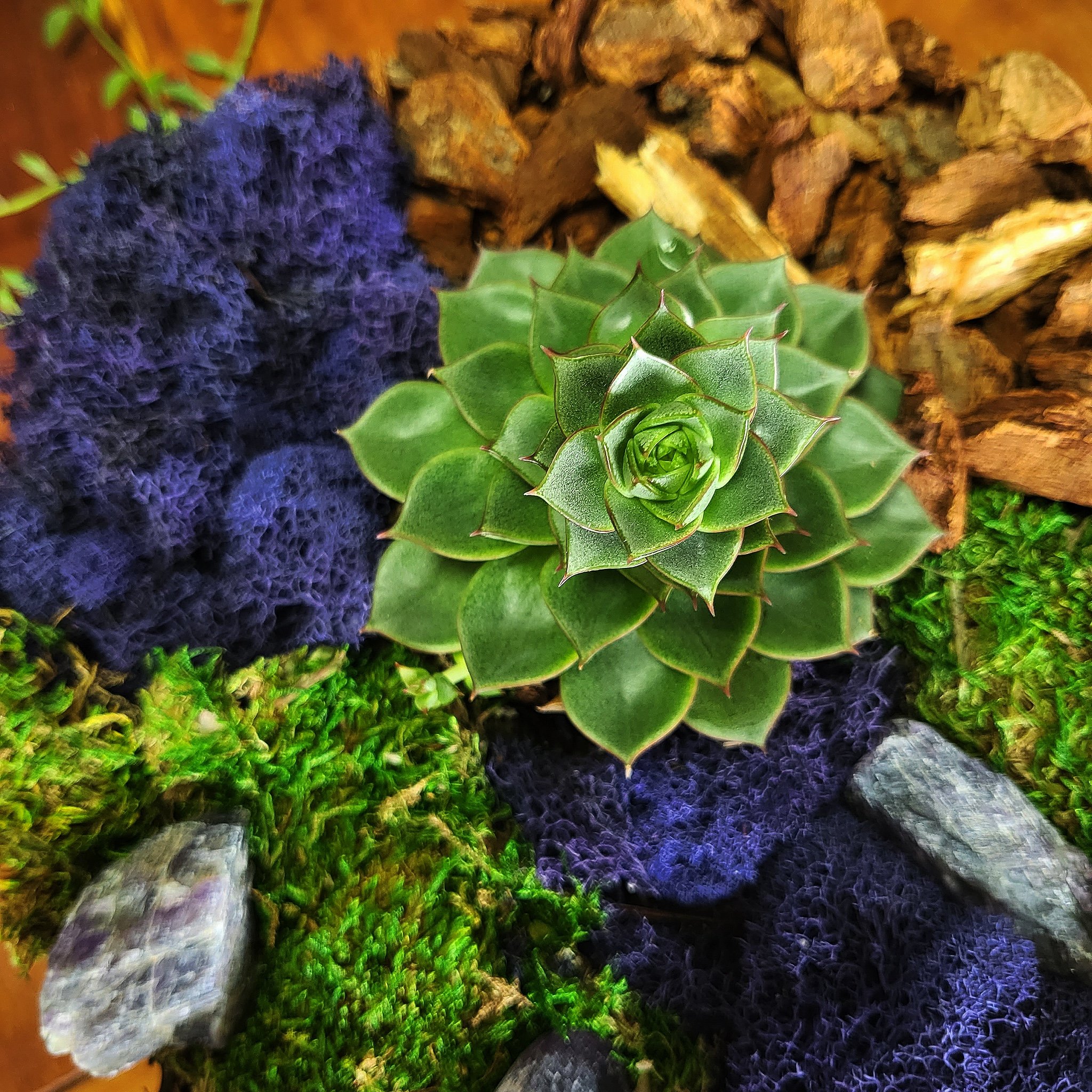Indoor Gardening & Etiolation
Etiolation, or as I like to call it “stretchy plant syndrome”, is the term used to describe plants that have elongated stems due to lack of sun. In order to meet the plant’s needs, it will “stretch” and grow taller to reach a position with more readily available light. Although it sounds like a problem, it’s actually a pretty common phenomenon amongst succulents grown indoors and usually won’t harm your plant. That said, it’s always important for plant parents to be on the lookout for signs of plant fragility. When a succulent’s energy is diverted to grow longer, it can result in weaker stems and the appearance of less leaves due to a shortage of chlorophyll. If you notice your plant baby drooping with paler colored leaves, we definitely recommend placing it in a sunnier location or purchasing some artificial grow-lights to give them a good photosynthesis boost!
While etiolation can cause problems, it’s not all bad news. Etiolation can be very helpful when taking cuttings to propagate more new plants. At our previous location on E Kinney St in Newark, our building did not receive much direct sunlight. Although we used many grow-lights at Fern & Fossil, there would still be a few plants that stretched here and there. Those that stretched were perfect candidates for taking propagation cuttings. Taking cuttings can result in new off-shoots of succulents that can then later be cut again to create more plants.
Cuttings can change the growth pattern of your succulent so your plant won’t return back to its original state. Once a plant has etiolated, you can’t undo the changes other than propagate a new plant so if you want to maintain a succulent’s rosette shape it’s best to make sure your plant has plenty of light. While not everyone likes how etiolation can affect the growth of a plant, it can grow back in a beautiful and unique shape leading to new growth.
Etiolated Echeveria elegans
In order to prevent etiolation we recommend:
☀️ gradually introducing more direct sunlight to your plant daily until it is getting approximately 6 hours each day
🌵 rotate your succulents often to make sure all parts of the plant are absorbing light evenly
💡 use artificial grow lights indoors when direct sunlight is unavailable
🌱 don’t over-fertilize! Too much can cause the plant to grow too quickly and exasperate etiolation issues





